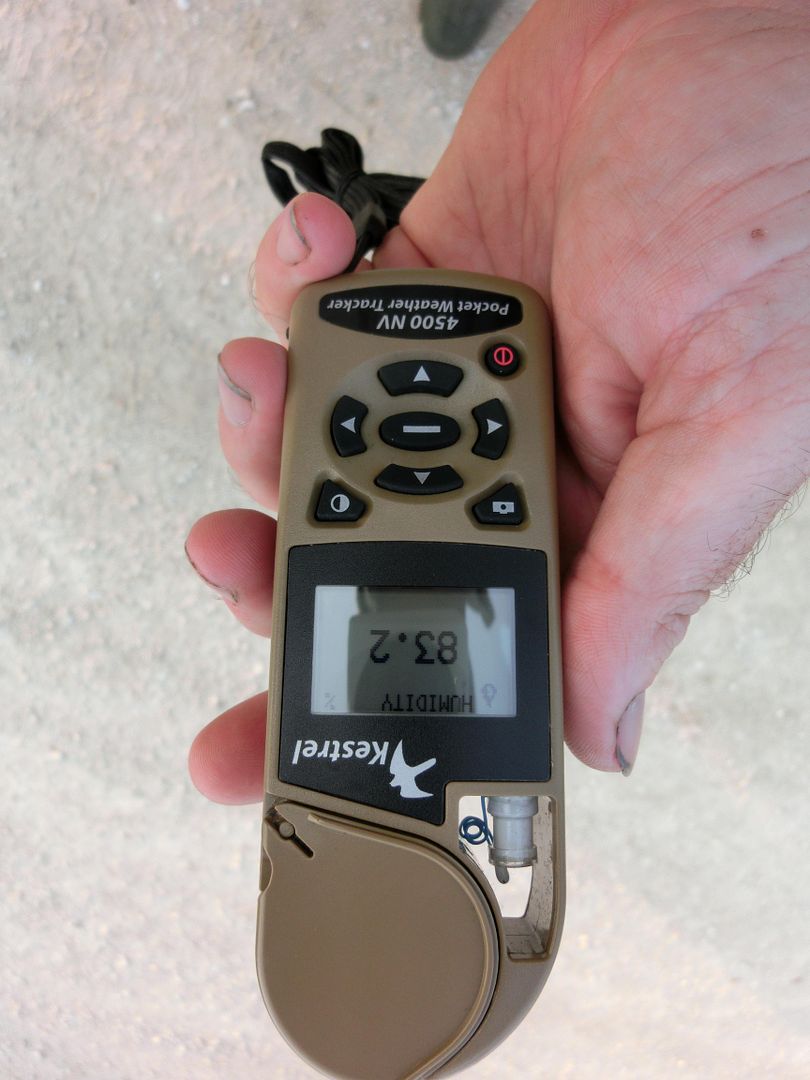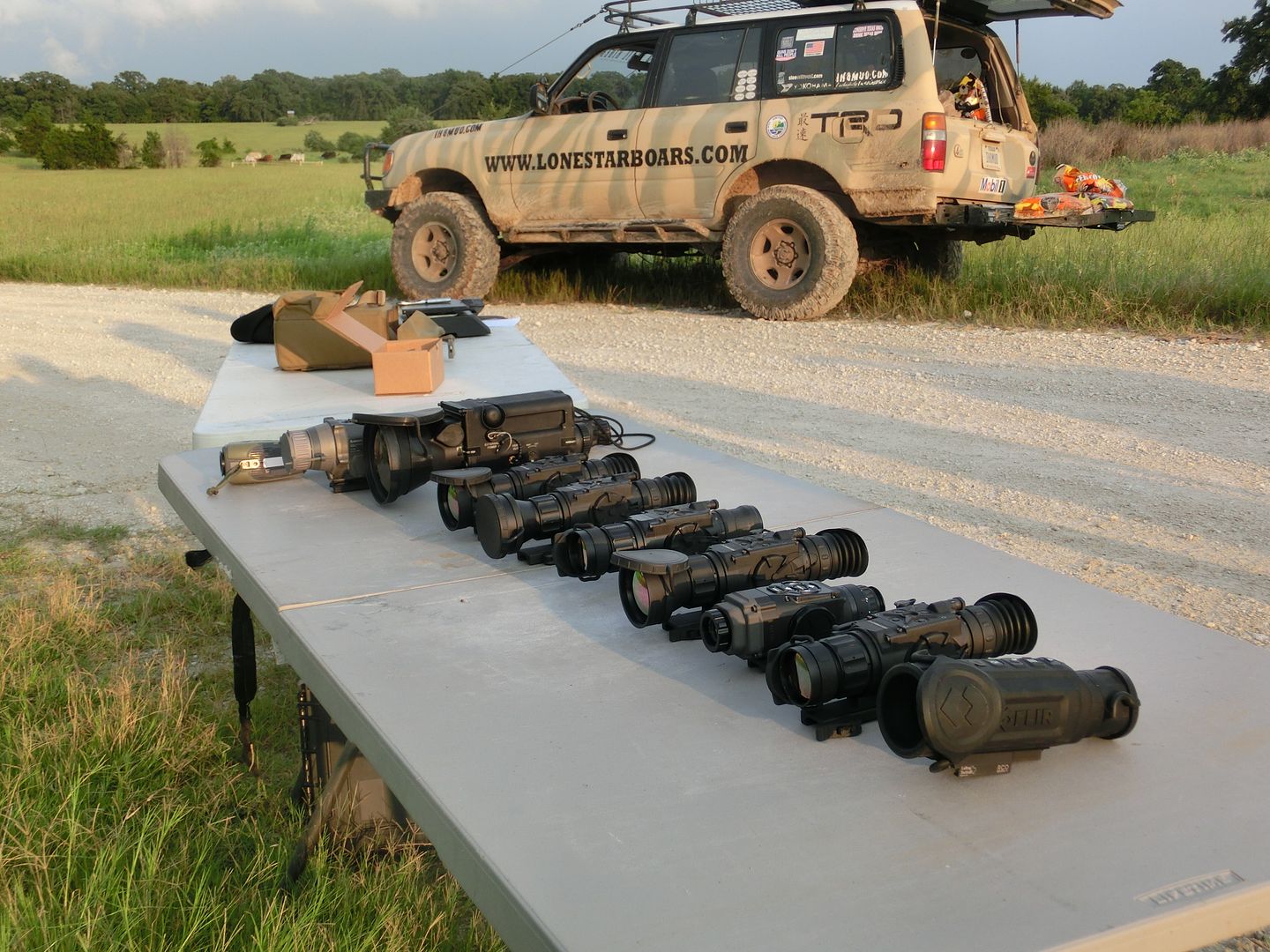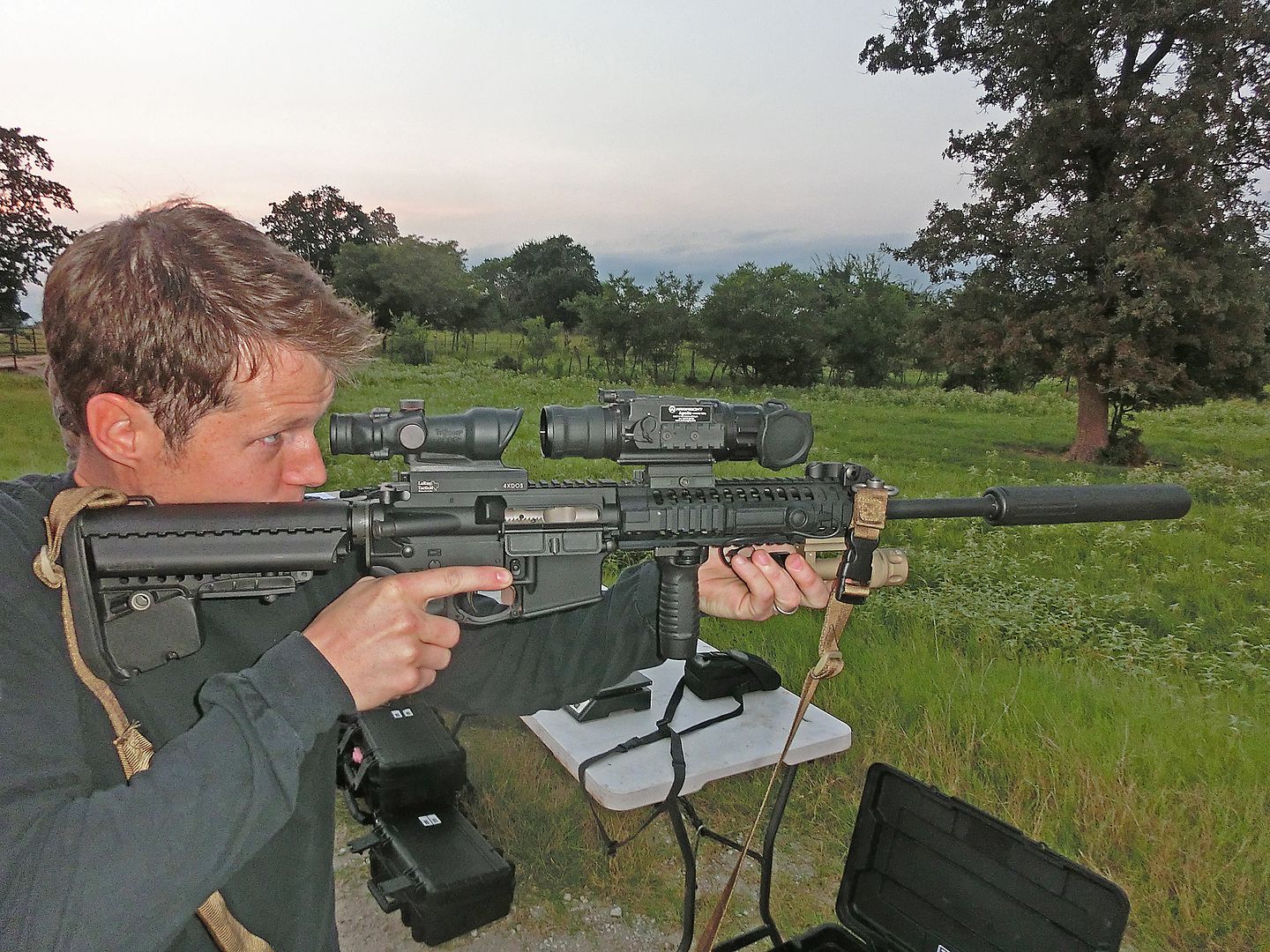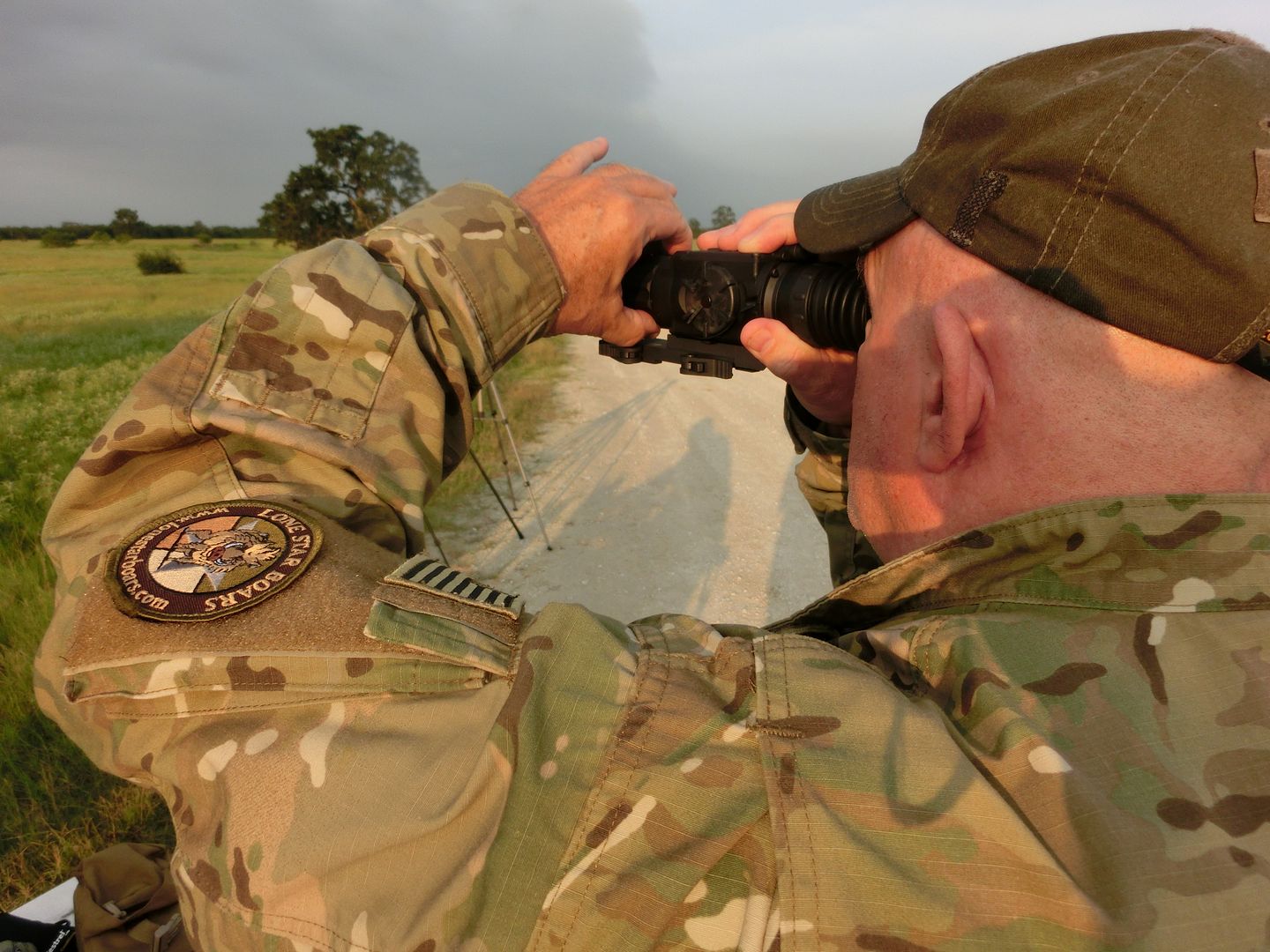TEXASLAWMAN
Lone Star Boars Owner
LSB TURKEY BUZZARD PRESERVATION SOCIETY
SUS VENATOR CLUB
LoneStarBoars Supporter
Current info on the thermal scopes can be found at this link below.
News
A couple months back I started requesting thermal scopes from all the commercially available scope manufactures for a side by side comparison. My goal in this test was to provide the hunter/shooter with a unbiased review/comparison of these scopes side by side at the same time, with the same targets and weather conditions. We picked July because it would test the scopes in some of the worst conditions for thermals (the Texas heat). Not only did we get the heat but we were blessed with unusually high humidity also. I have been hunting with thermal for about two years now and this weekend was the absolute worst I have seen my thermals perform ever. This is a bonus in my opinion because almost anytime you look through one of these scopes it will look substantially better.
I did my utmost to make this review the most unbiased possible by picking three reviewers with no know connections to the companies providing the test scopes. All three of the reviewers are hunters and shooters with varying degrees of thermal experience. One reviewer has a high level of experience with thermals in military and hunting situations his background is U.S.M.C., Retired FBI, and multiple overseas tours as a military contractor. Another reviewer has moderate thermal experience having used several current civilian thermals in hunting situations. The last reviewer has little to no thermal experience this was his first encounter with all the scopes, his background is U.S.M.C., and a retired Range Master for a large metro Sheriff's Office. I hope the combination of these three will cover a large portion of people interested in thermals for hunting and shooting.
The scopes tested were:
1. Zeus 160 resolution 75mm lens 7x optical magnification.
2. Zeus 336 resolution 42mm lens 5x magnification.
3. Zeus 336 resolution 75mm lens 3x magnification.
4. Zeus 640 resolution 75mm lens 3x magnification.
5. Apollo 640 resolution 42mm lens 1x magnification (clip on)
6. W1000-9 320 resolution 100mm lens 3x magnification
7. LWTS 640 resolution 1x magnification (clip on)
8. FLIR RS32 320 resolution 19mm lens 1.25x magnification (It was supposed to be the larger lens wrong unit shipped)
9. Thor 240 resolution 19mm lens 1x magnification (It was supposed to be the larger lens wrong unit shipped)
We were told it would be six months before we could test the IR hunter.
Ident Markings and Combat Night Solutions provided the equipment and both sent reps to help the reviewers with the scope functions. THANK YOU FOR THE HELP AND MAKING THIS POSSIBLE!
Please watch the video test in 1080 resolution where possible for best results.
A few pic's
The humidity at the start it only climbed.



Apollo weapon mounted in front of acog.


News
A couple months back I started requesting thermal scopes from all the commercially available scope manufactures for a side by side comparison. My goal in this test was to provide the hunter/shooter with a unbiased review/comparison of these scopes side by side at the same time, with the same targets and weather conditions. We picked July because it would test the scopes in some of the worst conditions for thermals (the Texas heat). Not only did we get the heat but we were blessed with unusually high humidity also. I have been hunting with thermal for about two years now and this weekend was the absolute worst I have seen my thermals perform ever. This is a bonus in my opinion because almost anytime you look through one of these scopes it will look substantially better.
I did my utmost to make this review the most unbiased possible by picking three reviewers with no know connections to the companies providing the test scopes. All three of the reviewers are hunters and shooters with varying degrees of thermal experience. One reviewer has a high level of experience with thermals in military and hunting situations his background is U.S.M.C., Retired FBI, and multiple overseas tours as a military contractor. Another reviewer has moderate thermal experience having used several current civilian thermals in hunting situations. The last reviewer has little to no thermal experience this was his first encounter with all the scopes, his background is U.S.M.C., and a retired Range Master for a large metro Sheriff's Office. I hope the combination of these three will cover a large portion of people interested in thermals for hunting and shooting.
The scopes tested were:
1. Zeus 160 resolution 75mm lens 7x optical magnification.
2. Zeus 336 resolution 42mm lens 5x magnification.
3. Zeus 336 resolution 75mm lens 3x magnification.
4. Zeus 640 resolution 75mm lens 3x magnification.
5. Apollo 640 resolution 42mm lens 1x magnification (clip on)
6. W1000-9 320 resolution 100mm lens 3x magnification
7. LWTS 640 resolution 1x magnification (clip on)
8. FLIR RS32 320 resolution 19mm lens 1.25x magnification (It was supposed to be the larger lens wrong unit shipped)
9. Thor 240 resolution 19mm lens 1x magnification (It was supposed to be the larger lens wrong unit shipped)
We were told it would be six months before we could test the IR hunter.
Ident Markings and Combat Night Solutions provided the equipment and both sent reps to help the reviewers with the scope functions. THANK YOU FOR THE HELP AND MAKING THIS POSSIBLE!
Please watch the video test in 1080 resolution where possible for best results.
A few pic's
The humidity at the start it only climbed.



Apollo weapon mounted in front of acog.



